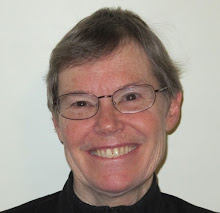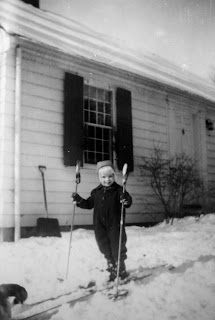Piano lessons began for me at the age of seven, before I had interest in playing an instrument. The lessons were initiated by older relatives who loved classical music, insisted that children be taught piano, and offered to teach piano at no cost.
I did learn to read music, but I did not learn to love the piano or play it well. I spent more energy resisting and complaining about the enforced piano lessons than I did practicing.
Read my March column about music lessons:
Music lessons finally took hold.
You will learn that I did become a musician, but not with the piano. I'll be performing at the New England Folk Festival on Saturday, April 24, 2010. 3:00 pm with the band
Panharmonium. See
NEFFA Festival webpage for more information.
Perhaps an earlier musical influence --before piano lessons-- was accompanying my parents to square dances where live bands played. Instead of leaving us home with a babysitter, they brought us along. We played around the edges with other children too young to join the squares. Thus we were exposed early to lively musicians. The
Joe Perkins Orchestra was a favorite. This photo shows musicians my parents knew well (Dick Best on guitar, Walter Lob on fiddle, Jed Prouty on piano, and Joe Perkins, caller). [I don't know where this was taken; if anyone can identify it, please let me know. The photographer was John Nutter, 1940s.]
Some of the dancing and live music happened in the cellar of our tiny house in Danvers. John Nutter gave me (in 1996, before he died) these old photos showing my parents and friends dancing there in the 1940s.
John labelled these photos "Square Dancing at Nick & Cut's after Skiing."
On right, above, my father Nick Nichols.
Approaching him from left is my mother, Janet Cutler ("Cut") Nichols.
I am amazed at these photos, never realizing that square dancing could fit it in our tiny basement, which was normally filled with a ping-pong table. My parents not only played ping-pong, but also used the table for dinner parties. In this case, it's another after-ski party, also in 1940s.
My mother stands at back; my father is at the back left.
We didn't have a dining room, or even much of a kitchen table, in that small house, shown here in a typical winter scene. John "Ace" Nutter's woody wagon is parked in front, on Nichols Street.



































